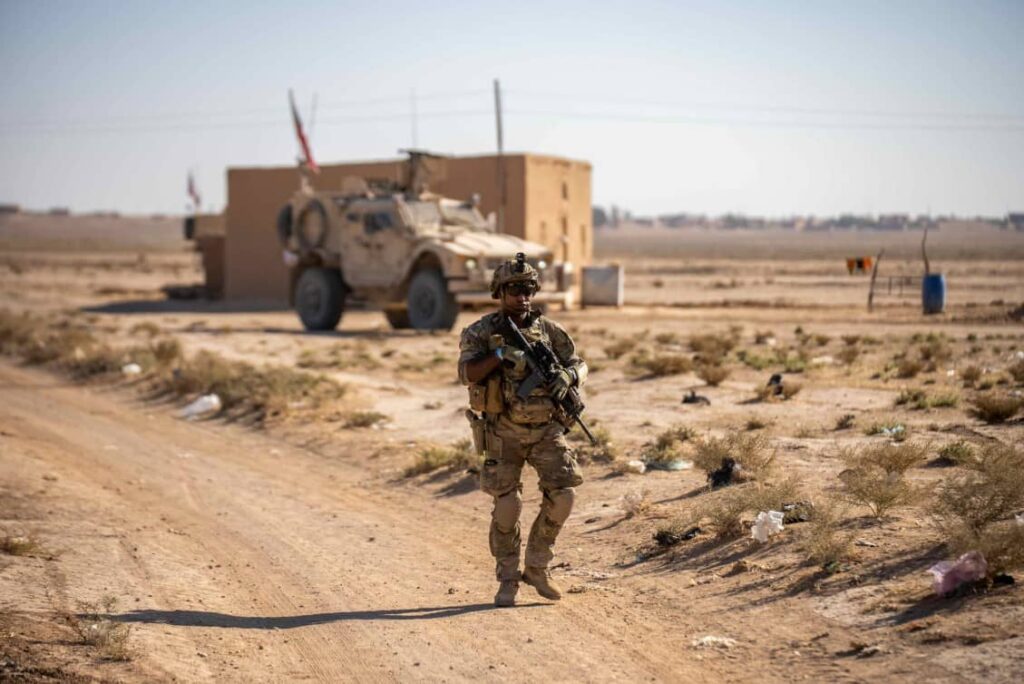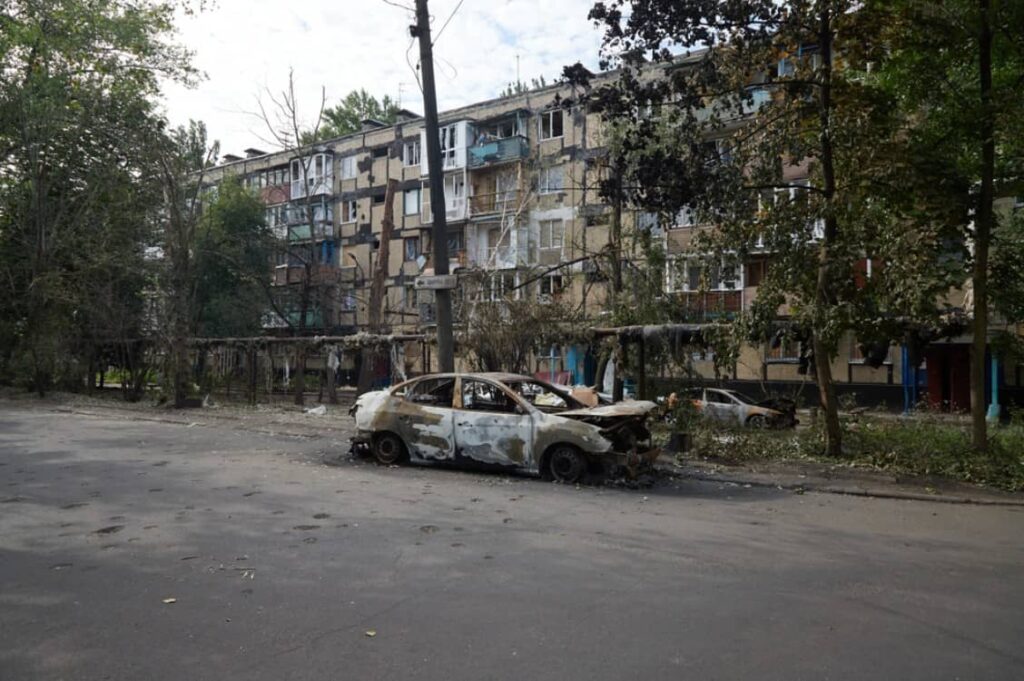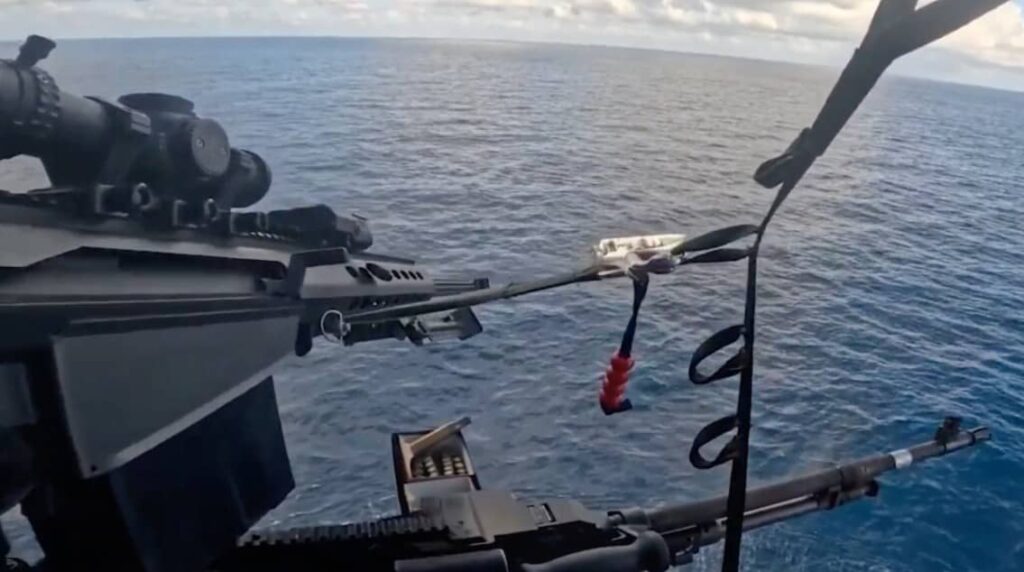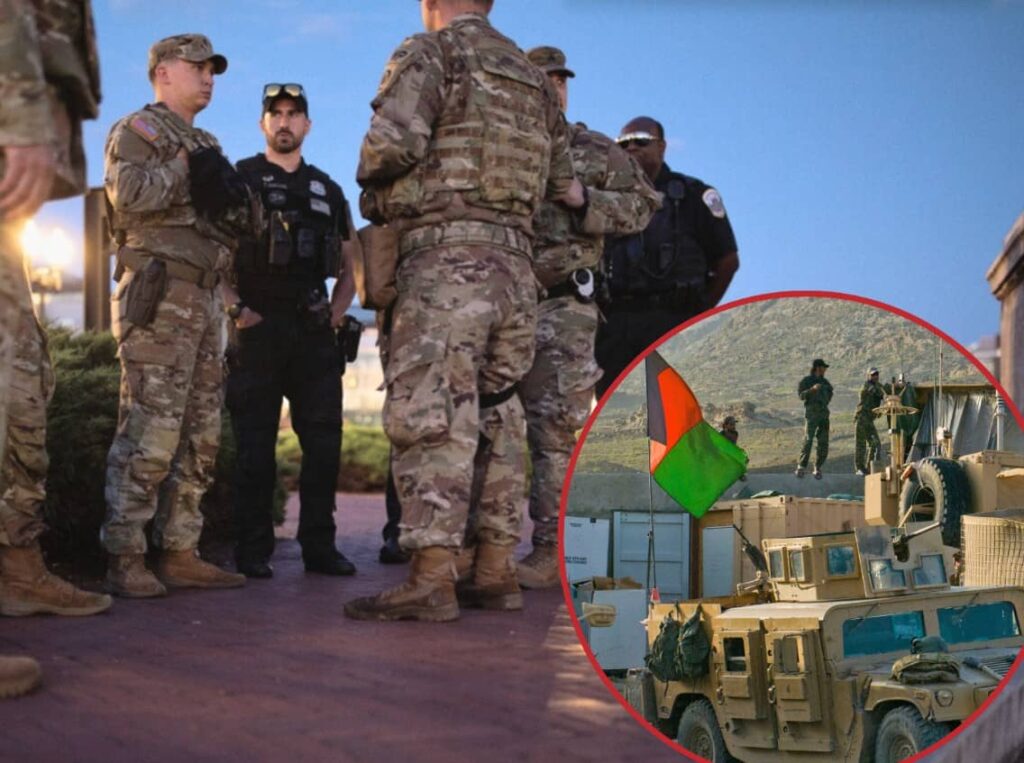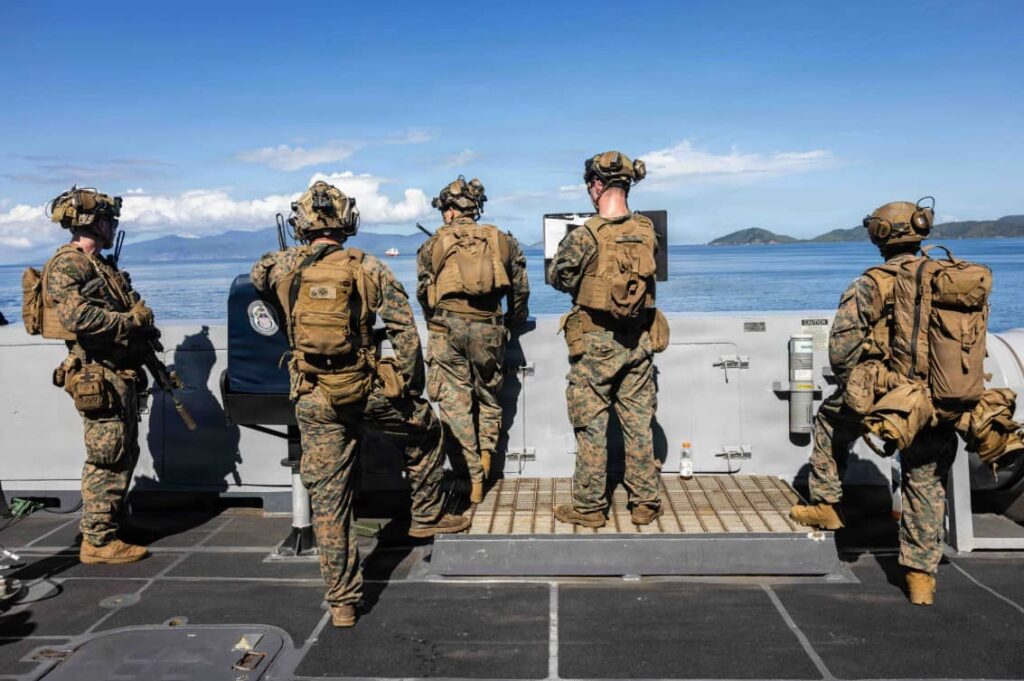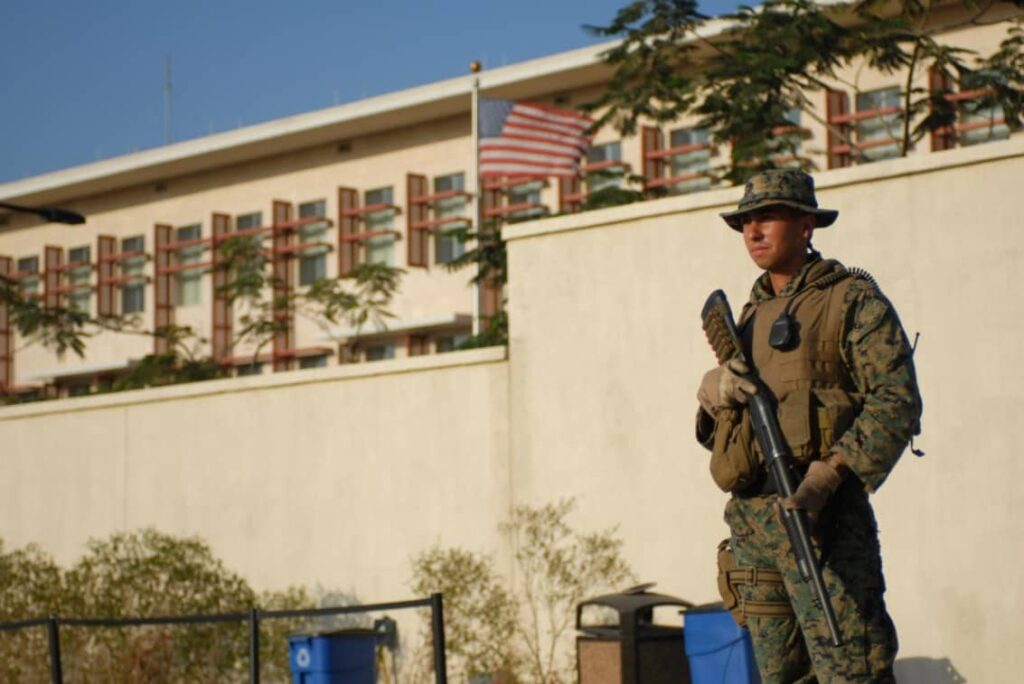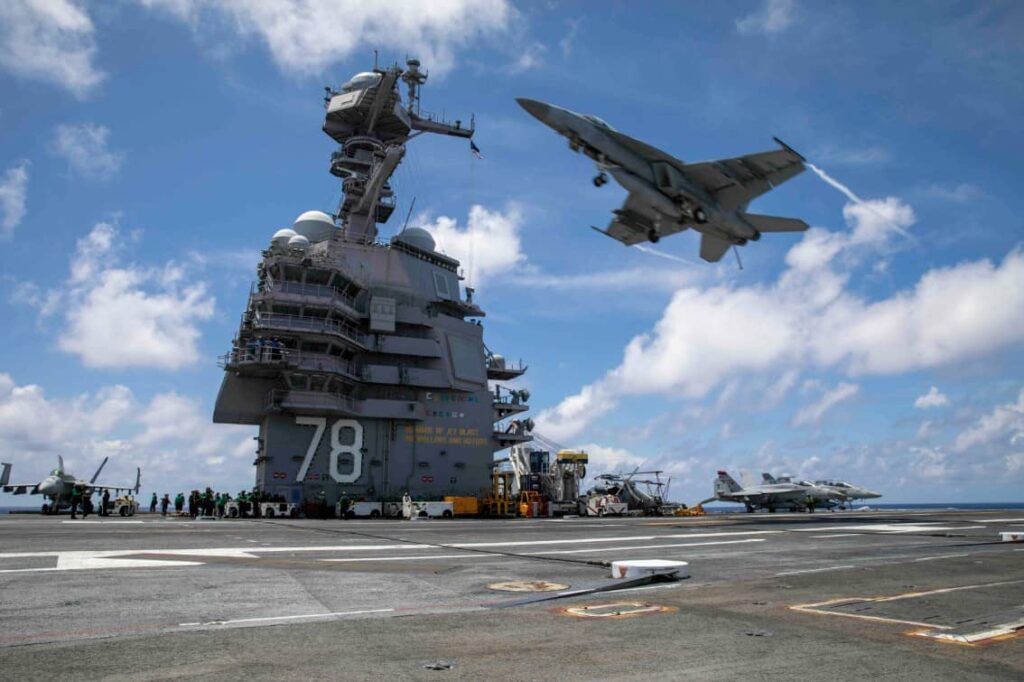Philippines Hesitates on F-16 Deal as China Pressure Grows
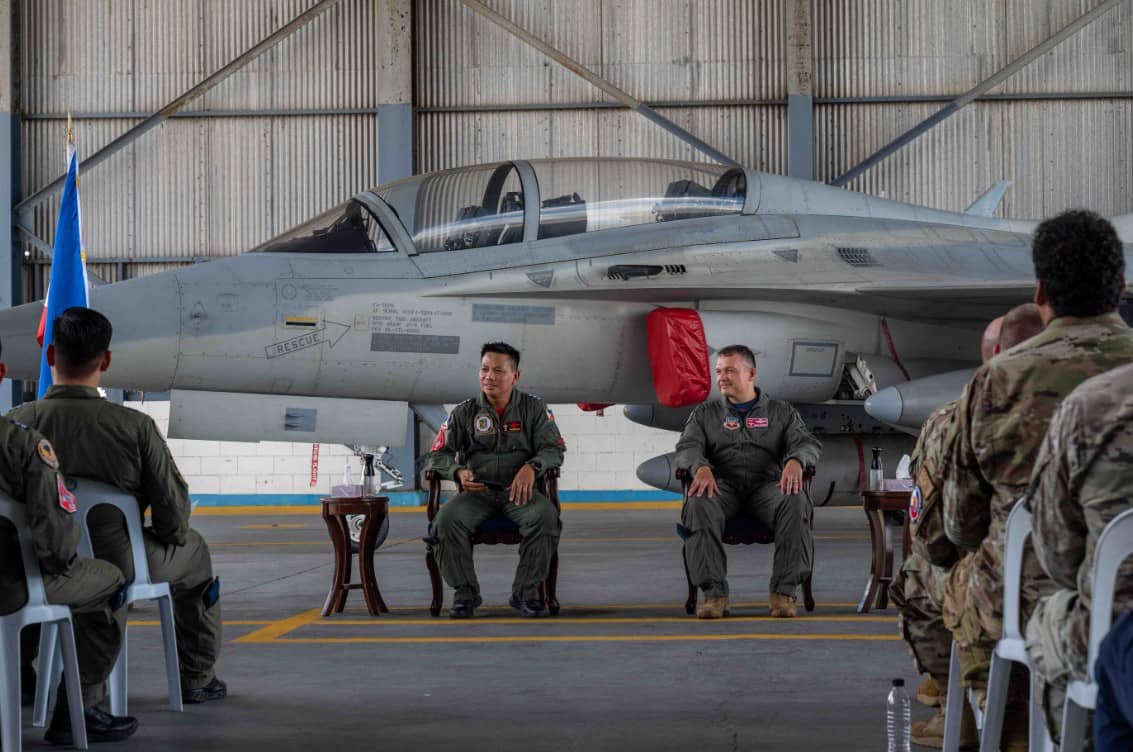
Philippines Defense Secretary Gilberto Teodoro said that the country has yet to decide on the $5.6 billion deal to acquire 20 F-16 fighter jets from the United States.
His statement comes a month after it was reported that the U.S. had approved the sale, following a visit to Manila by U.S. Defense Secretary Pete Hegseth.
“We have not even decided when or what kind of multirole fighter we will get,” Teodoro said on Saturday at the defense summit in Singapore, which was attended by Hegseth.
The proposed sale includes fighter jets, missiles, and other munitions. Its estimated $5.6 billion cost is nearly equal to the Philippines’ entire annual defense budget of around $6 billion, or 1.3% of GDP, according to the Stockholm International Peace Research Institute.
Philippine Ambassador to the U.S. Jose Manuel “Babe” Romualdez said the government is still looking at ways to fund the deal.
According to Romualdez, discussions are ongoing with Lockheed Martin, the F-16 manufacturer, and relevant U.S. agencies to establish payment terms suitable for Manila. “We’re not closing the door on this, but we need a structure that does not place too heavy a burden on our finances.”
Romualdez said while F-16s are on the military’s long-term wishlist, cheaper land-based systems are currently the priority. “We’re really looking at other items that are, in view of our national defense strategy, more important than the F-16s,” Romualdez said.
Tensions between the Philippines and China remain high. Chinese vessels regularly harass Philippine ships in the South China Sea, despite a 2016 ruling rejecting China’s territorial claims.
During the defense summit, Hegseth warned that China’s military threat “could be imminent” and urged Asian allies to boost defense spending, echoing the Trump administration’s call for global partners to rely less on direct U.S. support.
“It is hard to believe I can say this, but Asian allies and partners should look to countries in Europe as a newfound example. NATO members are pledging to spend 5 percent of their GDP on defense, even Germany,” Hegseth said.

